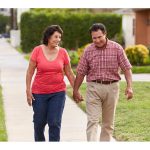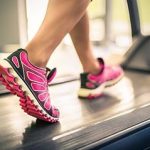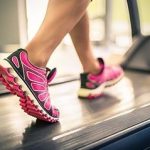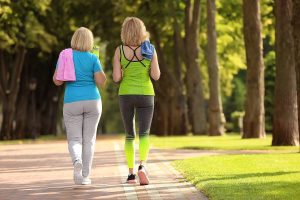
Desks that require folks to stand or move as they work also might help them produce better results on the job, a new study suggests. People’s brains became sharper when working at a desk that made them stand, step or walk rather than sit, results show. Reasoning scores in particular improved when at an active workstation, researchers said. “It is feasible to blend movement with office work that previously would have been done during long periods of sitting,” said senior study author Dr. Francisco Lopez-Jimenez, a preventive cardiologist with the Mayo Clinic. “Active workstations may offer a way to potentially improve cognitive performance and overall health, simply by moving at work.” For the study, researchers recruited 44 participants to test four different office settings during four consecutive days. The first day, people sat at a typical desk for work. The next three days, they worked at an elevated desk, either standing, walking on a treadmill or using a stepper. Typing speed slowed down slightly at active workstations, but the accuracy of their typing was not affected, researchers found. On the other hand, tests revealed that their brain function either improved or stayed the same when they were active while working. The participants scored better on reasoning tests when standing, stepping or walking, compared to sitting, results show. The new study was published April 4 in… read on > read on >




































-300x200.jpg)

